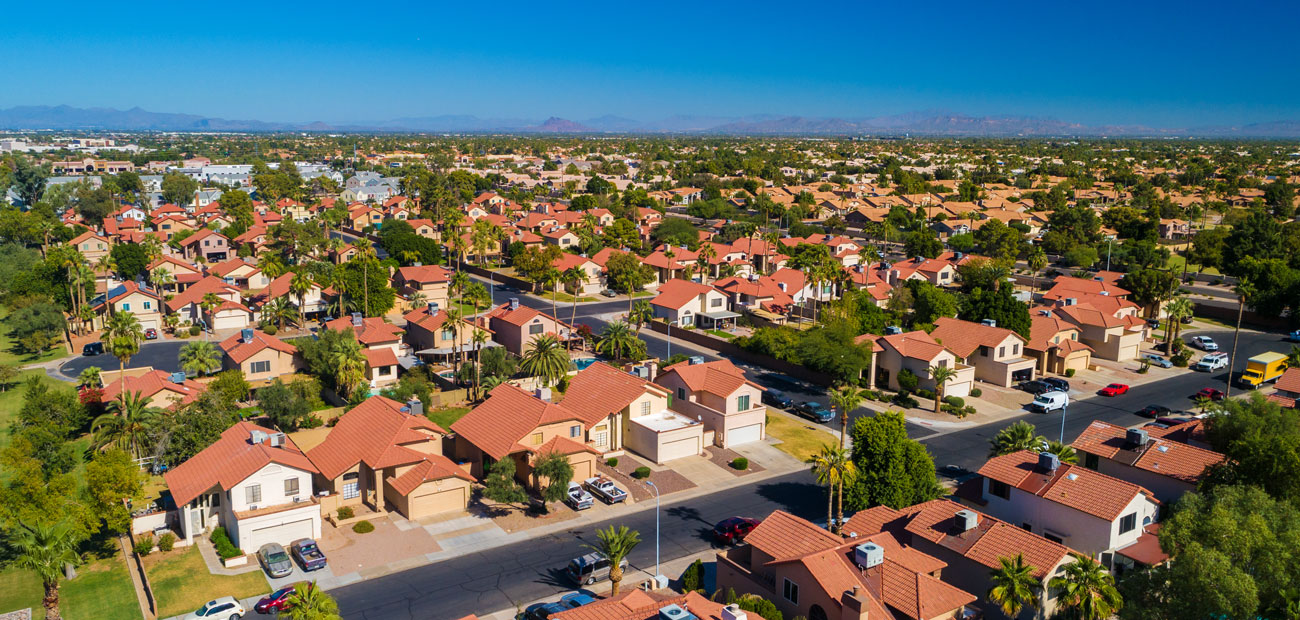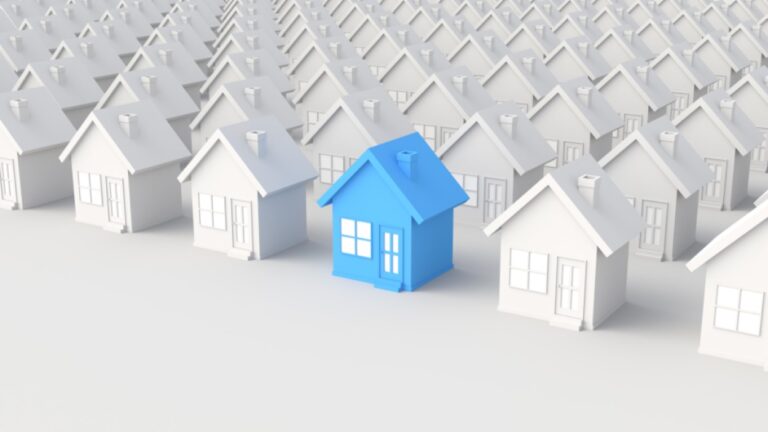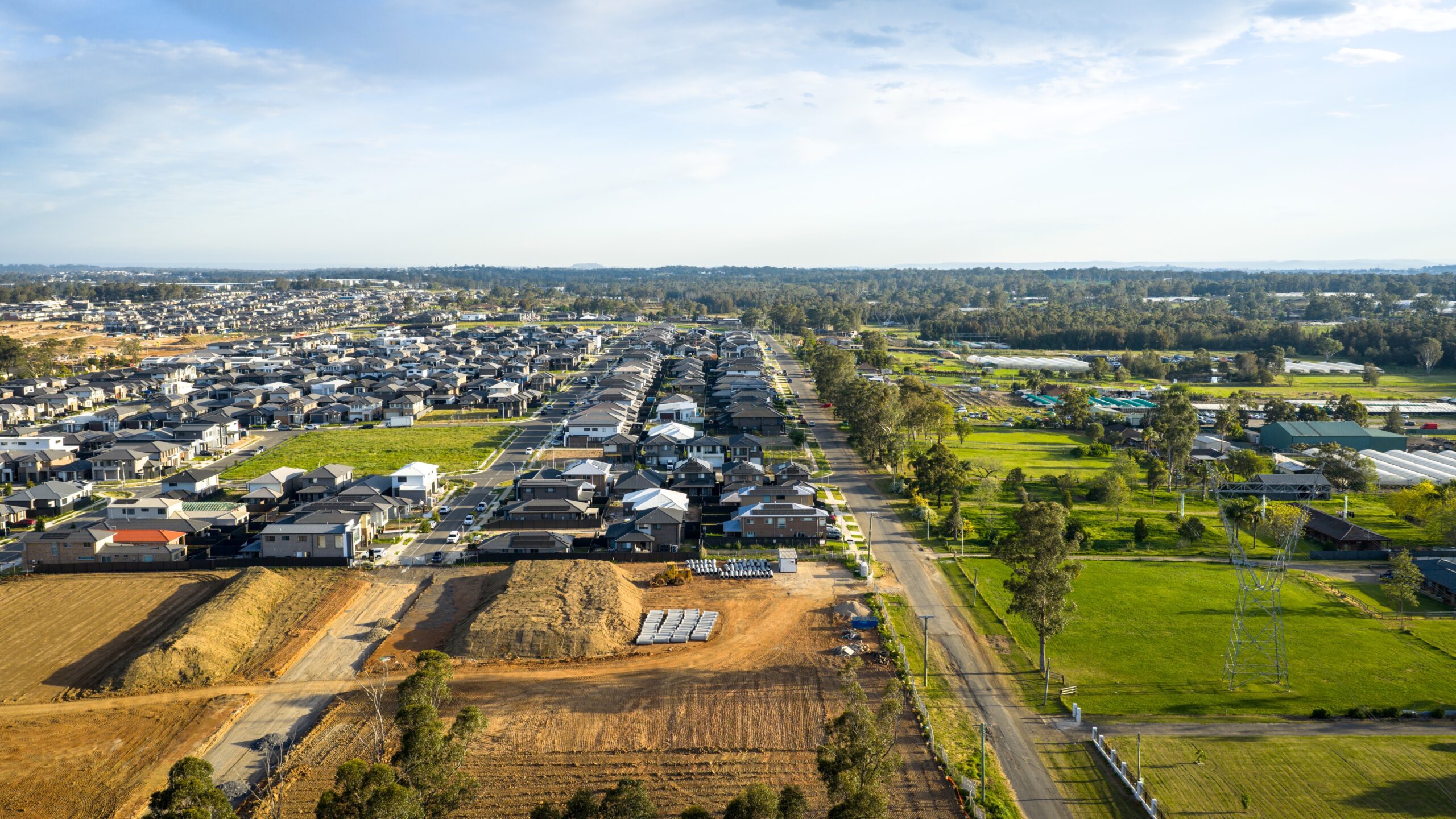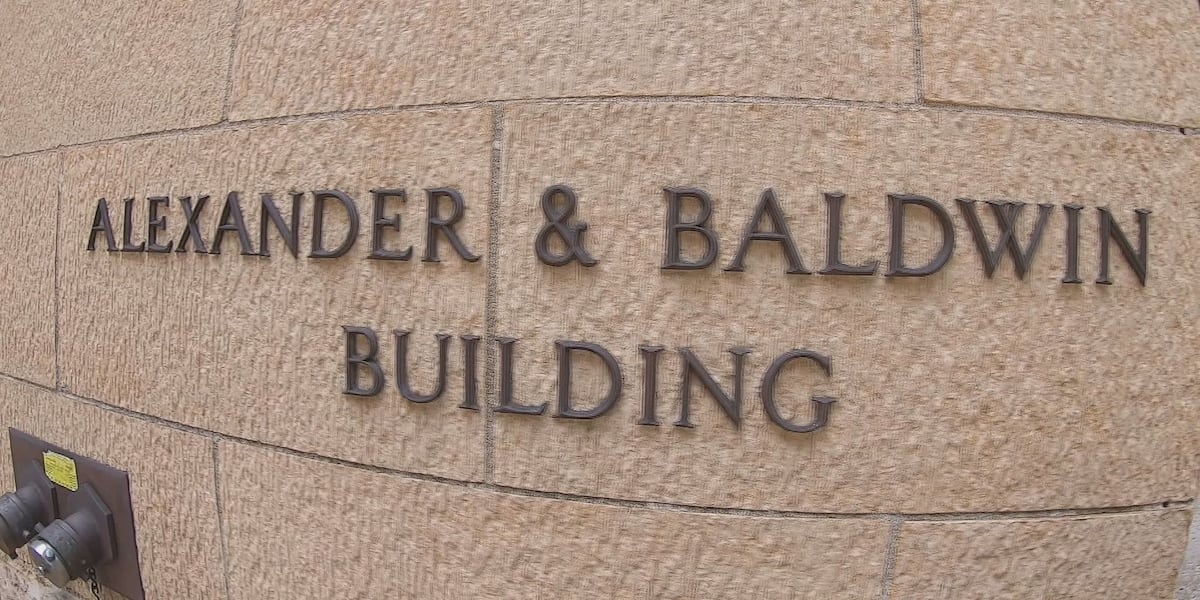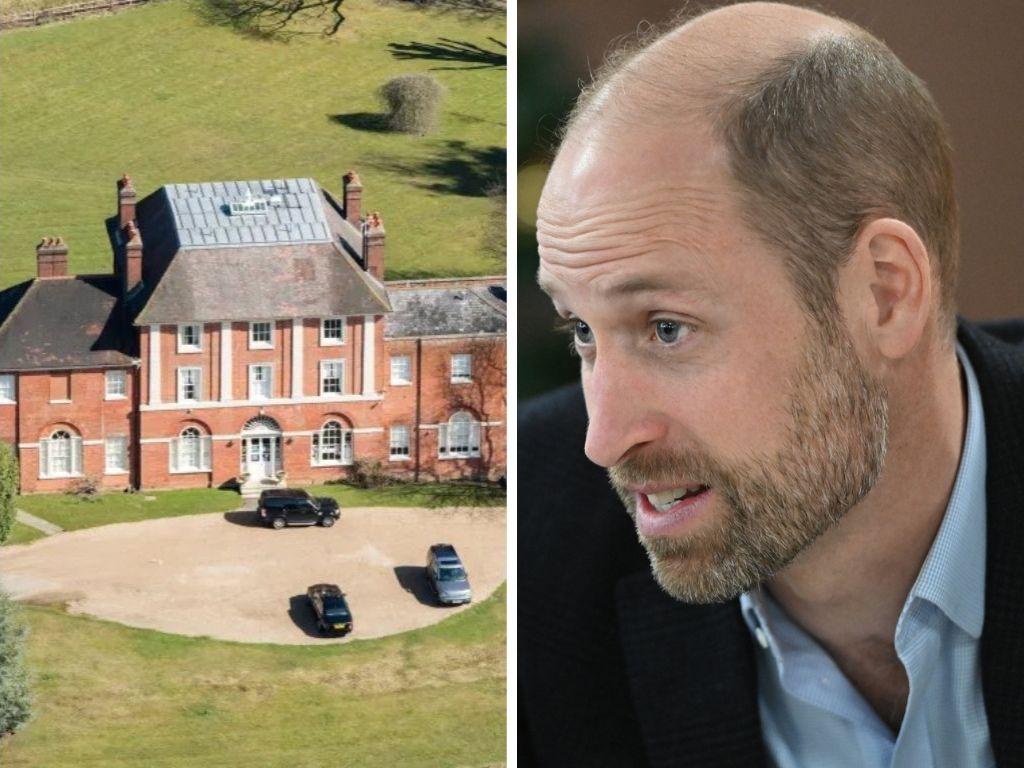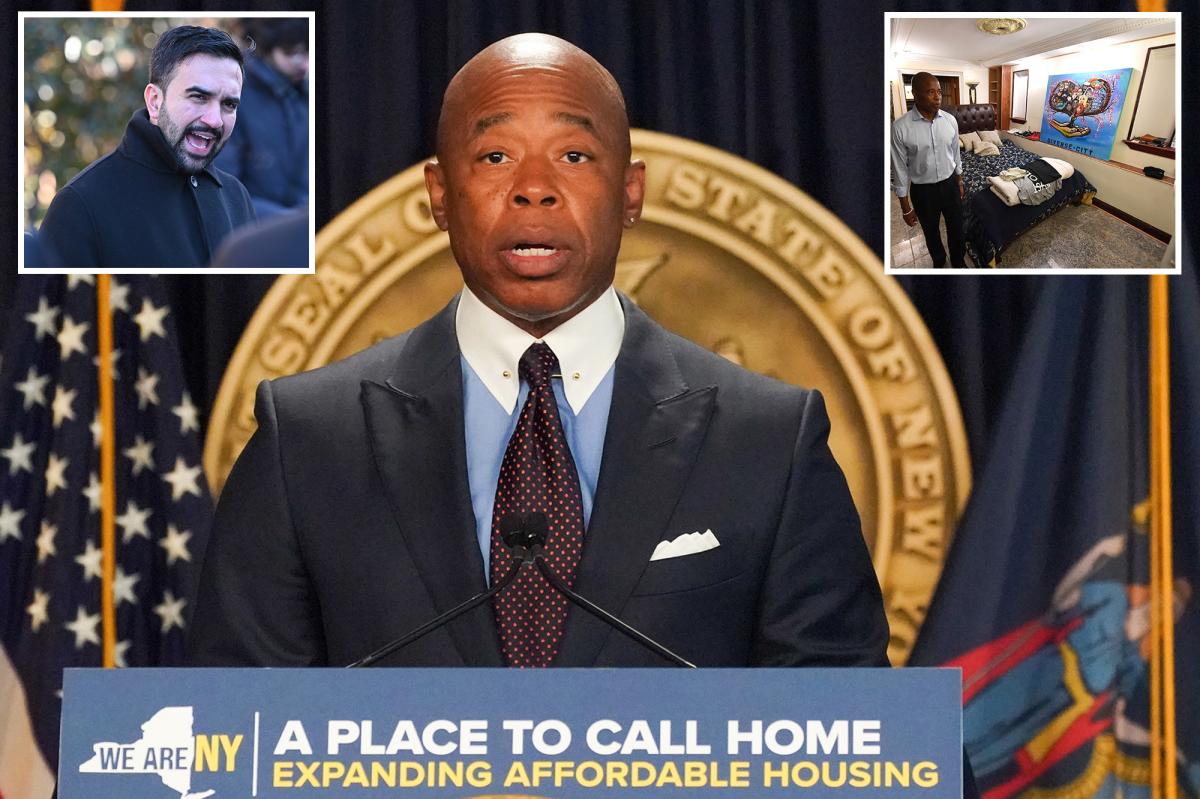H
ome buyers are eagerly awaiting lower mortgage interest rates, which could unleash a surge in home sales. Economists predict that if rates drop to 6%, about 5.5 million more households would be able to afford the median-priced home, including 1.6 million renters. This could lead to a wave of pent-up demand, driving a significant increase in home sales.
At a recent Real Estate Forecast Summit, National Association of REALTORS (NAR) economists shared their forecast and demonstrated an interactive Metro Market Statistics Dashboard that tracks housing and economic data in over 200 metro areas. The dashboard indicates that cities like Atlanta, Dallas, Minneapolis, Cleveland, and Kansas City would see the largest uptick in home sales if rates were to drop.
NAR Chief Economist Lawrence Yun noted that while many people are waiting for mortgage rates to go down, buyer demand can quickly change depending on how the rate changes. Despite this, Yun remains optimistic about the economy, citing seven million new jobs added since COVID and rising wages.
The 30-year fixed-rate mortgage has remained high this year, averaging 6.72% as of July 10. However, the Federal Reserve is expected to cut its benchmark short-term rate four to six times over the next 12-18 months, which could prompt mortgage rates to fall. NAR forecasters predict that rates could dip to 6% by 2026, driving home sales up 14%.
Buyers who are holding out for lower mortgage rates may be missing a key opening in the market. Housing inventories are finally rising across the country, giving prospective buyers more options and bargaining power. While home prices are still rising, the pace has slowed significantly compared to recent years.
NAR predicts that on a national basis, home prices will rise modestly by about 1% in 2025 before accelerating to a projected 4% increase in 2026. Current homeowners remain the biggest beneficiaries of the housing market, enjoying record-high real estate net worth.
Using NAR's new dashboard, members can see how owners in their market have benefited from rising home values. In Phoenix, for example, homeowners gained an average of $320,860 in equity over 10 years of ownership.
NAR downgraded its housing forecast for the remainder of 2025 due to stagnant mortgage rates but upgraded its forecast for 2026 on the expectation that rates will begin to come down. The outlook includes:
* Existing-home sales: +3% in 2025, +14% in 2026
* New home sales: +5% in both 2025 and 2026
* Median home prices: +1% in 2025, +4% in 2026
* Mortgage rates: 6.7% in 2025, 6% in 2026
* Jobs: +1.6 million in 2025, +2 million in 2026
Despite sluggish home sales in the first half of the year, economists are noting signs of momentum in several key areas of the market. Migration trends are shifting south and elsewhere, with the largest population gains occurring in Washington D.C., Florida, Texas, Utah, South Carolina, Nevada, Idaho, North Carolina, Delaware, Arizona.
First-time buyers are slowly returning to the market, currently accounting for 30% of home purchases in May. All-cash buyers remain strong, making up over 25% of the housing market, with many using equity from prior home sales or personal savings.
